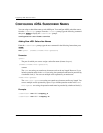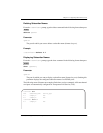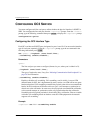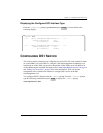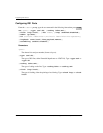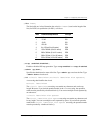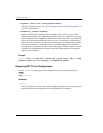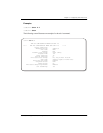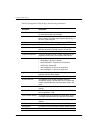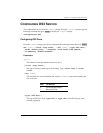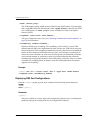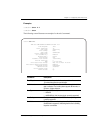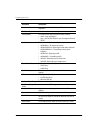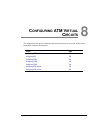
Configuring DS1 Service
146 Avidia System Configuration and Management User Manual
[-loopback (none|local|line|payload|remote)]
The type of loopback to start, if any. See “Initiating Communication Path Loopbacks” on
page 345 for information.
[-scrambling (enable|disable)]
Enables or disables cell scrambling. Cell scrambling, used in Avidia, is not an ATM
defined format for DS1, but is implemented by many vendors. An ATM cell has two parts:
header and payload. Cell scrambling scrambles the payload so that it does not resemble the
header. In the event that an ATM network looses sync, it will attempt to synchronize on
what it sees as the cell header. In some cases, the cell payload can resemble the cell header,
so the network attempts to synchronize on the cell payload rather than the cell header.
Scrambling the cell payload precludes it from looking like a cell header. Choose to enable
or disable cell scrambling based on whether or not the ATM equipment in the network
supports cell scrambling.
Example
::ds1=> set 2.1 -type esf -coding ami -clock local -lbo 1 -trap
enabled -admin up -id company_a -scrambling enable
Displaying DS1/T1 Port Configurations
From the ::ds1=> prompt, type the show command in the following format then press
.
show [<port>]
Parameter
[<port>]
The port for which you want to display the configuration (format slot.port). Omitting this
parameter displays the configurations for all configured DS1/T1 channels.
ENTER



